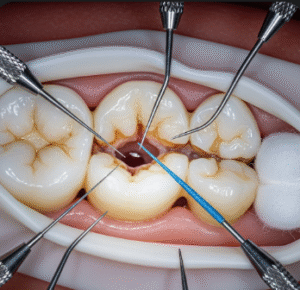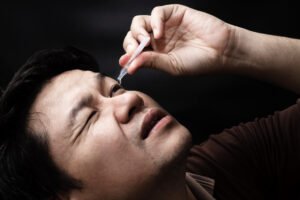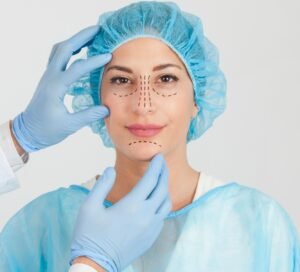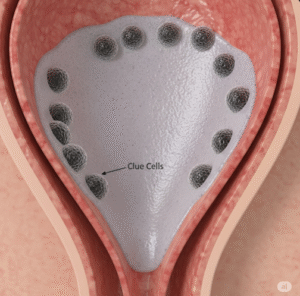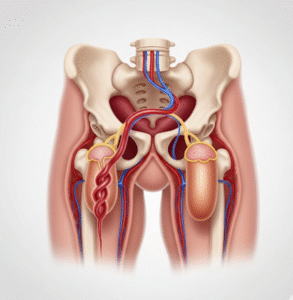Overview
Symbrachydactyly is a rare congenital hand anomaly where a child is born with abnormally short, missing, or webbed fingers. The severity can range from slightly short fingers to the complete absence of fingers and parts of the hand. In Korea, although rare, advanced pediatric reconstructive surgery and rehabilitation services are available to help children with symbrachydactyly achieve improved function and quality of life.
What is Symbrachydactyly Syndrome?
Symbrachydactyly is a non-hereditary congenital limb malformation that primarily affects the hands. It occurs when the fingers do not fully form during early fetal development. The condition usually affects one hand (unilateral) and can vary in severity:
- Mild: slightly short fingers
- Moderate: missing middle phalanges or partial digits
- Severe: complete absence of fingers with underdeveloped soft tissue or nubbins
This condition is not usually associated with other syndromes, and most children with symbrachydactyly have normal intelligence and health.
Symptoms
- Shortened or missing fingers at birth
- Webbing between digits (syndactyly)
- Small nubbins (soft-tissue projections) with or without nails
- Limited hand function or grip strength
- Underdeveloped muscles in the affected hand
Causes
The exact cause of symbrachydactyly is unknown, but it is believed to occur due to a vascular disruption during early pregnancy that limits blood flow to the developing limb. It is not considered a genetic or inherited disorder in most cases.
Possible contributing factors:
- Early vascular insult
- Environmental factors during fetal development
- Spontaneous developmental error
Risk Factors
There are no well-established risk factors since most cases are sporadic. However:
- Maternal smoking, illness, or certain medications during pregnancy could potentially influence development
- History of vascular disruption in fetal development
- Rarely associated with Poland syndrome or other limb malformations
Complications
- Reduced hand function and grip strength
- Emotional or psychological impact on the child due to visible difference
- Difficulty with tasks requiring fine motor skills
- Potential developmental delays in hand use if untreated
Prevention
Since the exact cause is unknown and most cases are not inherited, there is no guaranteed way to prevent symbrachydactyly. General prenatal health practices may help reduce risks:
- Avoid smoking, alcohol, and harmful substances during pregnancy
- Regular prenatal checkups
- Managing maternal conditions like diabetes
Treatment Options in Korea
Korea offers excellent medical care for children with congenital limb differences through specialized pediatric orthopedic and plastic surgery centers. Treatment is highly individualized based on the severity of the condition and the child’s needs.
Multidisciplinary Evaluation
- Pediatric orthopedists
- Plastic/reconstructive surgeons
- Occupational therapists
- Pediatric rehabilitation specialists
Surgical Treatments
Depending on severity:
- Reconstructive surgery: Lengthening of digits, separation of webbed fingers, or bone/tendon grafts
- Pollicization: Creating a thumb from an existing finger to improve grip
- Prosthetic fitting: In cases of severe absence of fingers
Surgeries are usually done after the age of 1–2 years, once the hand has developed sufficiently.
Non-Surgical Treatments
- Occupational therapy: To improve function and adaptation
- Physical therapy: Muscle strengthening and range of motion
- Custom orthotic devices: To support functional tasks
Support and Counseling
- Family counseling and support groups
- Psychological services for body image and self-esteem development
- Educational support to help children adapt in school environments


